


Driver: San Francisco is a driving game with a large dose of magical realism injected into the fabric of the game. A moment that resonated with me was when that game’s hero, John Tanner, admitted he couldn’t follow a terror suspect over a bridge because there was something stopping him. In tailing the suspect a feeling arose within Tanner that told him he could not go any further. In game terms, it was the barrier all open world games have to limit, temporarily, the player’s access to the map. Tanner acknowledges the barrier’s existence and in doing so made Driver: San Francisco a richer game.
Videogames often employ a variety of tricks to work around their limitations.Videogames often employ a variety of tricks to work around their limitations. In open world games, tons of effort is put into making sure the players don’t go where they aren’t supposed to—throwing the player into the deep end from the get go is the fastest way to confuse and alienate them. Games have to gradually open up their world and the depth of their mechanic to them. In general, games do their best to disguise their artificiality and keep the player’s suspension of disbelief intact. They come up with reasons or complicated fictions to explain or hide the barriers of the world. However, Driver San Francisco not only admits to the genre trope existence in the world, but also actively addresses it and integrates it into the fiction. Obviously we as the player know why the barrier is there, but having the character know it makes all the difference. Driver: San Francisco’s open world creates a reason for the barrier using it as a mechanism that works within the world’s fiction rather than a convenient gaming convention.
Right after the first driving mission we realize very quickly something is wrong. We soon learn that Tanner has fallen into a coma and the game is a dream fueled by the TV in his hospital room. Tanner gains the ability to shift into the body of any driver he wants. This is not really unusual in the context of a videogame. Most games have a protagonist with some sort of special or even magical ability. However, this barrier on the Golden Gate Bridge is something else entirely. It’s not something the player can do; it represents something the player cannot do. It is a limitation that exists for the player and the character simultaneously. No elaborate fiction or story excuses why portions of the map are blocked off. No, the barrier is what it is and it helps the game as a whole. It is something both the player and John Tanner cannot overcome. Being that this is his dream, it is his mental barrier.
Having this moment brought front and center to the player’s attention crystallized everything else into the proper context. Suddenly a lot of details that one passed off as quirky moments or were just general gaming conventions have been given a deeper, subtler meaning. The haze that appears when you travel high above the city becomes a mental haze, the feeling when your mind is having difficulty focusing. The damage to the city and cars that disappears becomes forgotten details that one’s mind skips over. Even retrying races or missions because of failure becomes the equivalent of the mental rewrites of a person playing the same set of events over and over in their head. The game gives a new perspective when going back to the map/menu after that and realizing everything we see is what John Tanner sees.
Additionally, it is this very moment that prepares the player for the insanity that is about to come in the second half of the game. Up to this point he player has had fun with an enjoyable new mechanic, however, now that the player understands the basics – the magical realism, the coma, the driving mechanics – the game can let loose with the truly outrageous moments. Enter Jericho, your mortal enemy, who now also seems to have the “shift” ability. Enter controlling one car while in another, throwing cars with telekinesis. Even stranger is one bizarre scene that involves an interrogation with a character essentially browbeating himself. That moment on the Golden Gate Bridge opens the door and allows all of this to be accepted by the player.
A game cannot throw a player into the deep end, it has to approach it gradually. Driver: San Francisco does this by introducing the player to the concept, clarifying its purpose and then going balls to the wall. It is this factor that deepens thematically an otherwise solid entertaining game.


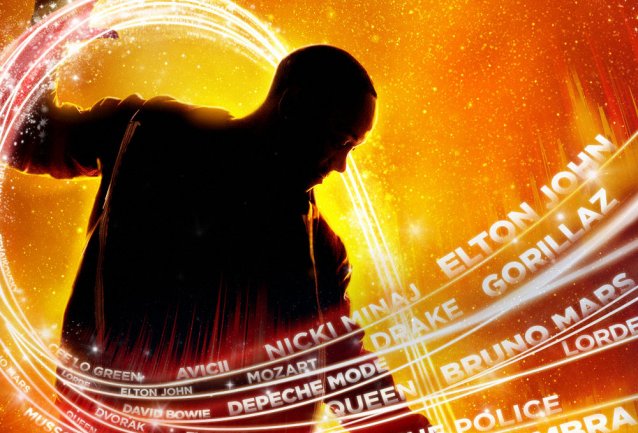
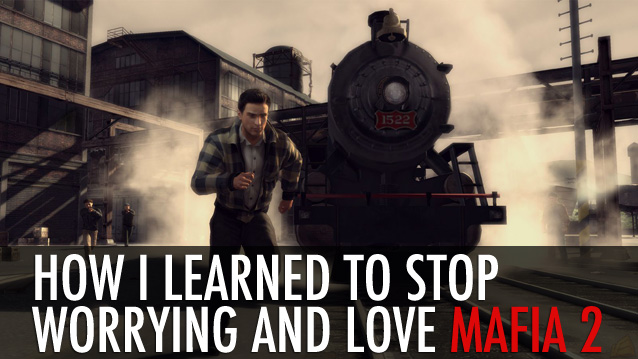
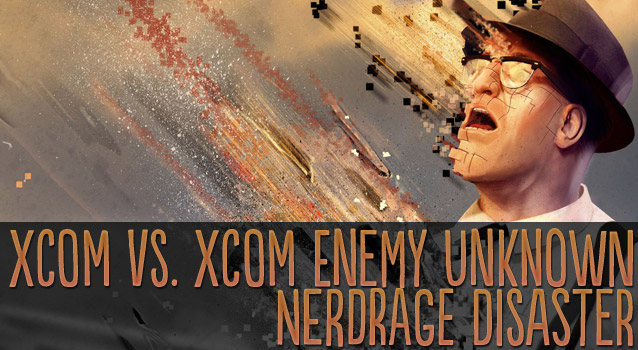 XCOM vs. XCOM Enemy Unknown: Nerdrage Disaster
XCOM vs. XCOM Enemy Unknown: Nerdrage Disaster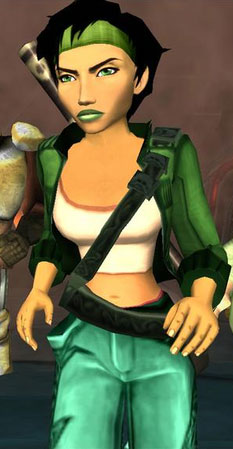 Get This to the Press!
Get This to the Press!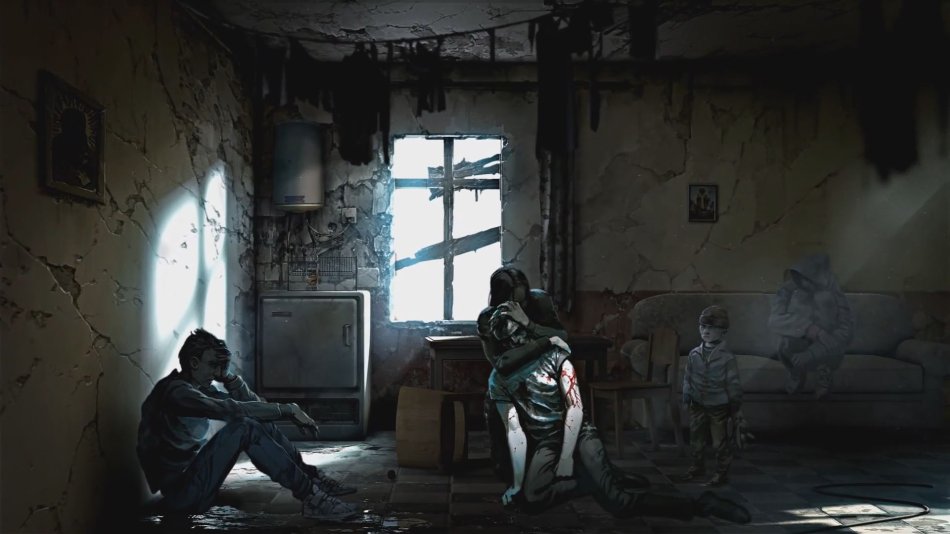 This War of Mine Tips & Tricks: The Ultimate Strategy Guide
This War of Mine Tips & Tricks: The Ultimate Strategy Guide How to Get the Gatling Gun in Bloodborne: The Old Hunters Guide
How to Get the Gatling Gun in Bloodborne: The Old Hunters Guide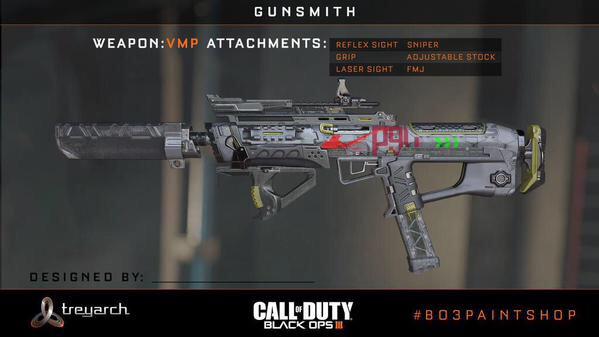 How To Download Paint Jobs In Call of Duty: Black Ops III
How To Download Paint Jobs In Call of Duty: Black Ops III